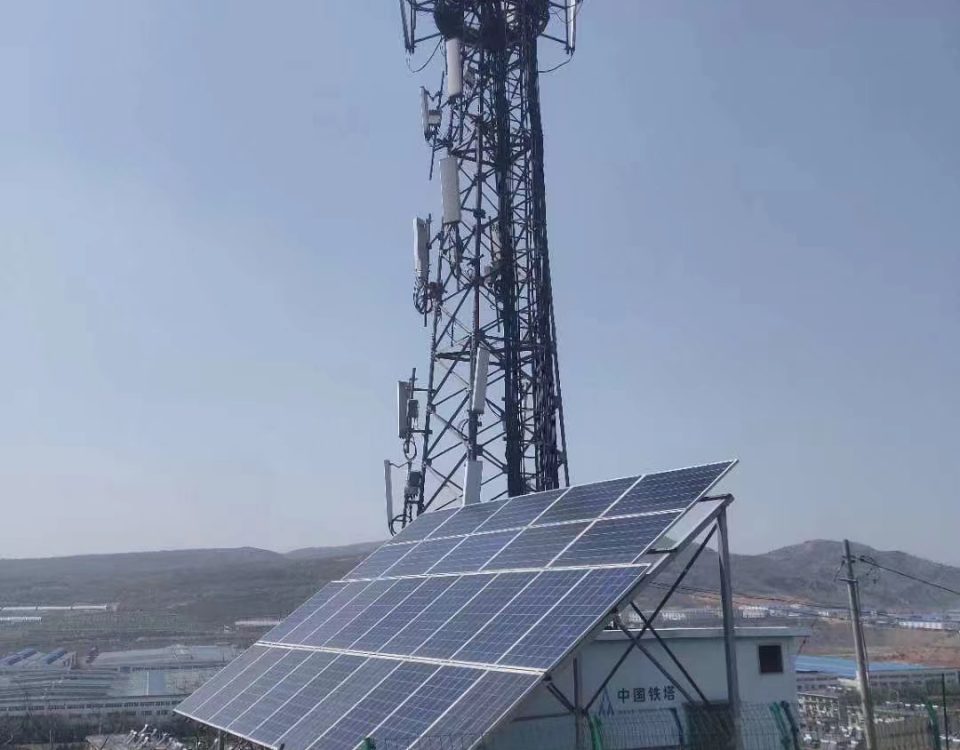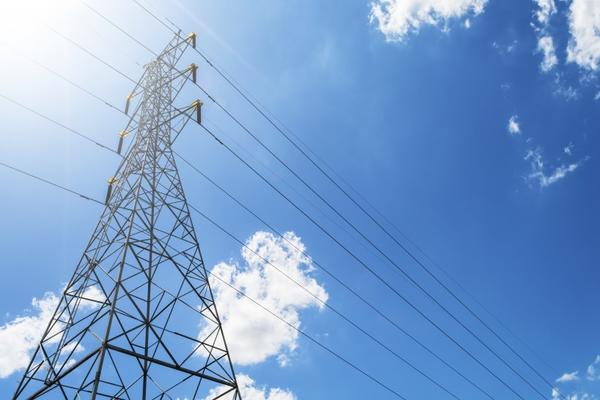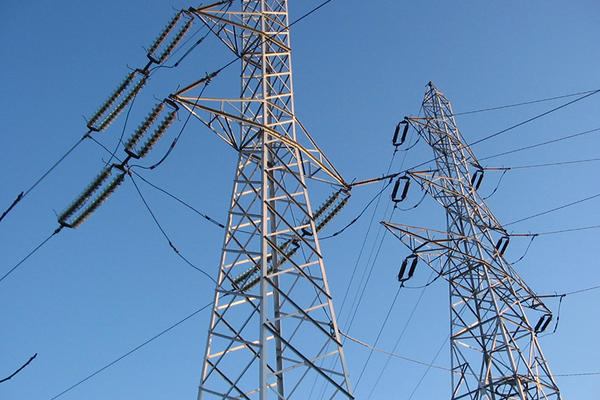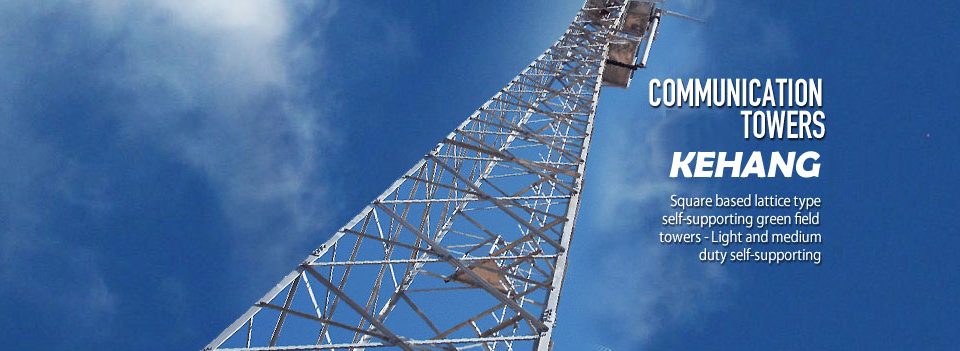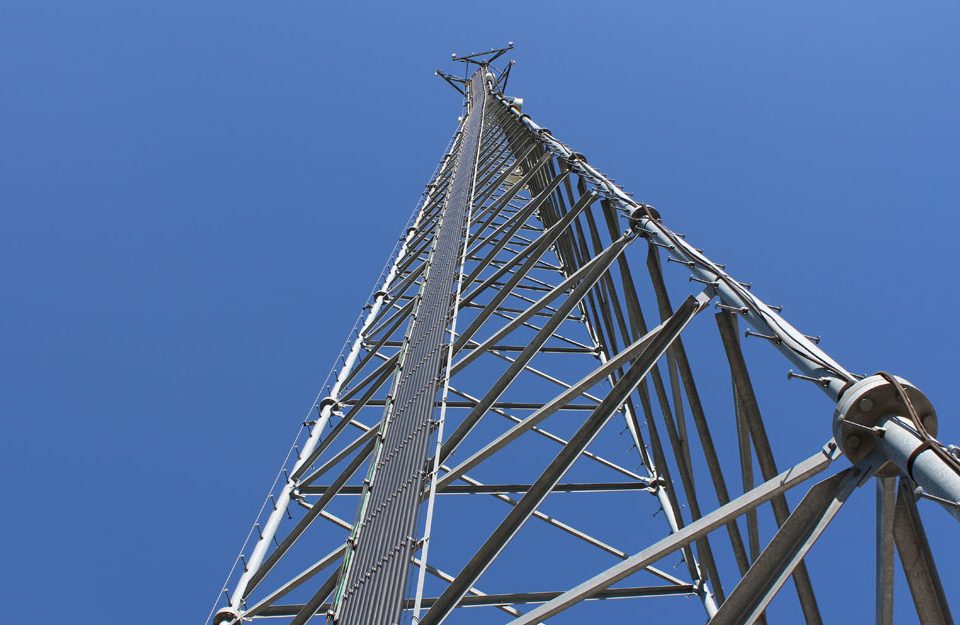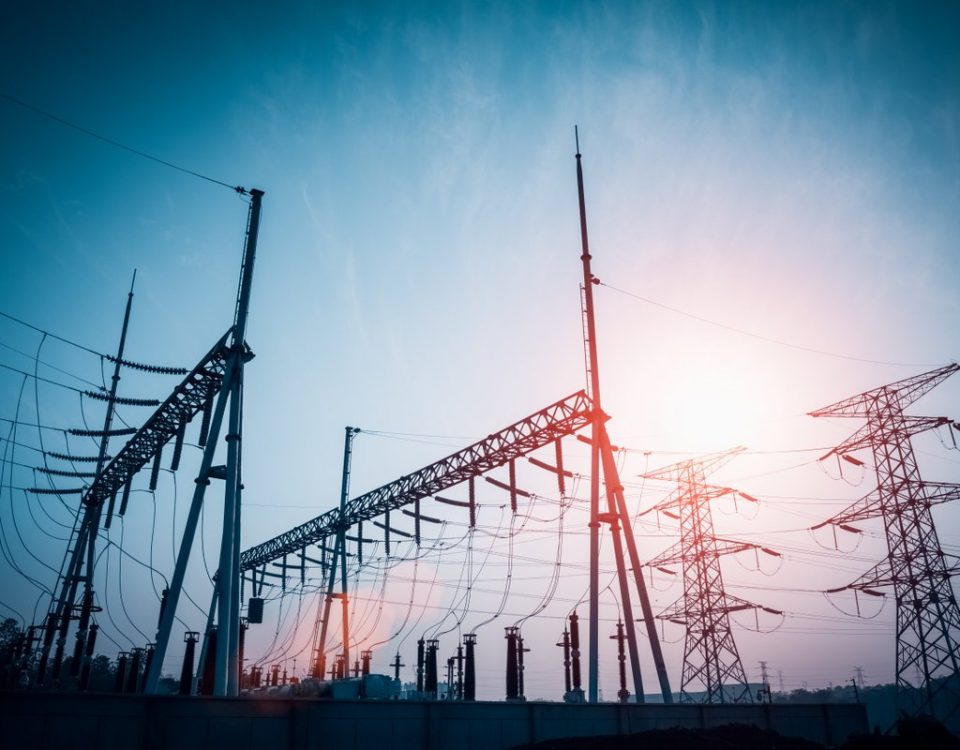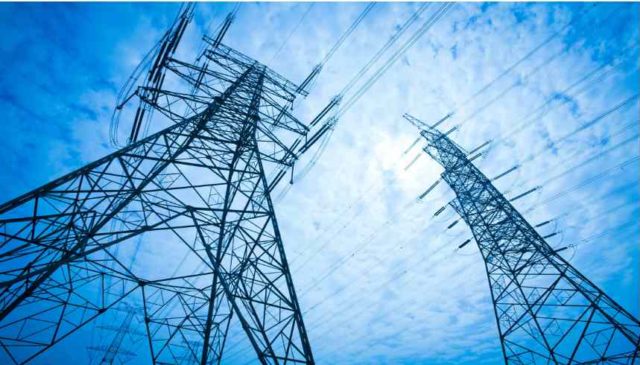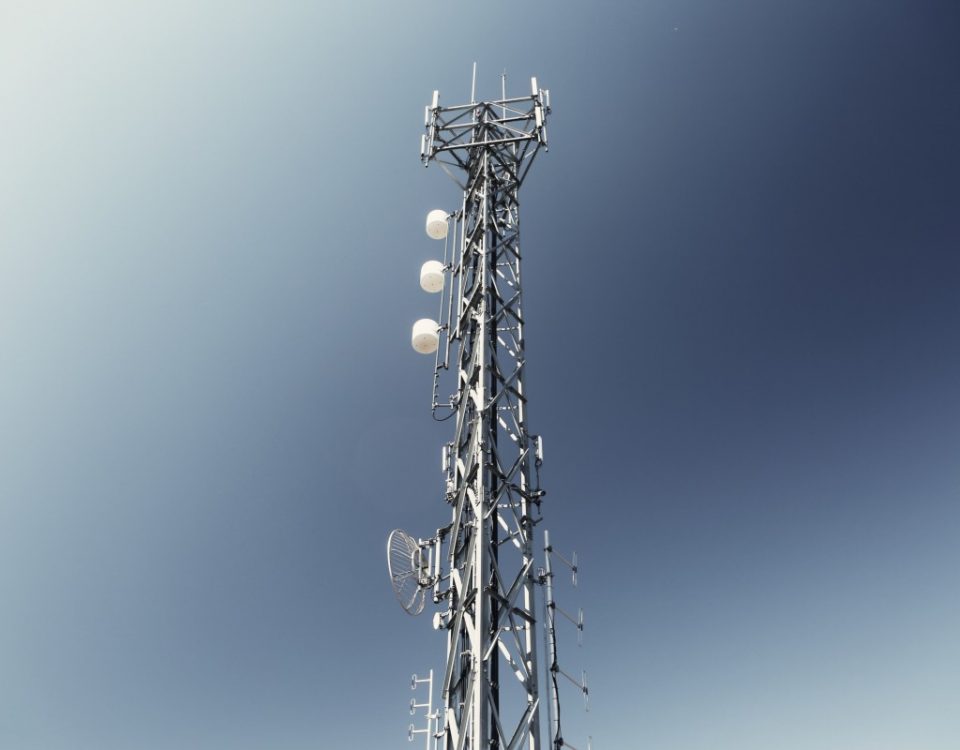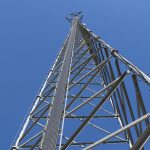
Steel Lattice Cellular Tower Seismic Fragilities
June 17, 2024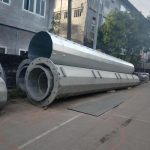
Bolted Steel Tower
June 25, 2024Communication Towers Lightning Protection
Communication towers, often located in high and isolated areas, are particularly vulnerable to lightning strikes due to their height and metallic structure. Effective lightning protection systems (LPS) are crucial to safeguard these towers and the sensitive electronic equipment they house.
Key Components of a Lightning Protection System
1. Air Terminals (Lightning Rods)
- Purpose: To intercept lightning strikes and provide a designated path for the electrical discharge.
- Placement: Strategically placed at the highest points of the tower and along the structure to ensure comprehensive coverage.
2. Down Conductors
- Purpose: To safely conduct the lightning current from the air terminals to the ground.
- Design: Should be of low impedance and follow the most direct path to the ground.
- Materials: Typically made of copper or aluminum to ensure high conductivity and durability.
3. Grounding System
- Purpose: To dissipate the lightning energy safely into the earth.
- Components:
- Ground Rods: Driven deep into the ground to ensure good electrical contact with the earth.
- Ground Plates or Mesh: Used in areas where ground rods alone are insufficient.
- Design: Should ensure a low-resistance path to earth, ideally less than 10 ohms.
4. Surge Protection Devices (SPDs)
- Purpose: To protect electronic equipment from transient voltage spikes caused by lightning strikes.
- Placement: Installed at key points where electrical and communication lines enter the equipment shelters.
- Types:
- Type 1: Installed at the service entrance.
- Type 2: Installed at distribution panels.
- Type 3: Installed close to sensitive equipment.
Design Considerations
1. Tower Height and Structure
- Taller towers are more likely to be struck by lightning.
- The design of the LPS should match the height and structural layout of the tower.
2. Soil Resistivity
- Grounding system design must consider soil resistivity to ensure effective dissipation of lightning energy.
3. Environmental Conditions
- Corrosive environments (e.g., coastal areas) require corrosion-resistant materials.
- Areas with frequent lightning activity may need more robust LPS designs.
4. Regulatory Compliance
- Ensure that the LPS design complies with national and international standards such as NFPA 780, IEC 62305, and IEEE 998.
Installation Best Practices
1. Regular Maintenance
- Periodic inspections and maintenance of the LPS components to ensure they remain in good working condition.
- Check for corrosion, mechanical damage, and connection integrity.
2. Bonding and Grounding
- Ensure all metallic parts of the tower and equipment are properly bonded to the grounding system.
- Minimize ground loops and ensure a single-point grounding system to prevent potential differences.
3. Pathway Optimization
- Use the shortest and most direct path for down conductors to minimize impedance.
- Avoid sharp bends and loops in the conductors.
Advanced Protection Measures
1. Early Streamer Emission (ESE) Air Terminals
- Designed to initiate an upward leader earlier than conventional air terminals, potentially providing a larger protection zone.
2. Lightning Warning Systems
- Systems that detect lightning activity and provide advance warnings.
- Can be integrated into tower management systems to pre-emptively shut down sensitive equipment.
3. Redundant Grounding Systems
- Multiple grounding paths to ensure reliability even if one path fails.
- Enhanced grounding techniques such as ring grounds or ground enhancement materials.
Conclusion
Protecting communication towers from lightning strikes is critical to ensure the continuous operation of communication networks and the safety of personnel. A well-designed lightning protection system, incorporating air terminals, down conductors, a robust grounding system, and surge protection devices, is essential. Regular maintenance, adherence to standards, and consideration of site-specific factors will enhance the effectiveness of the protection system, minimizing the risk of damage from lightning strikes.



